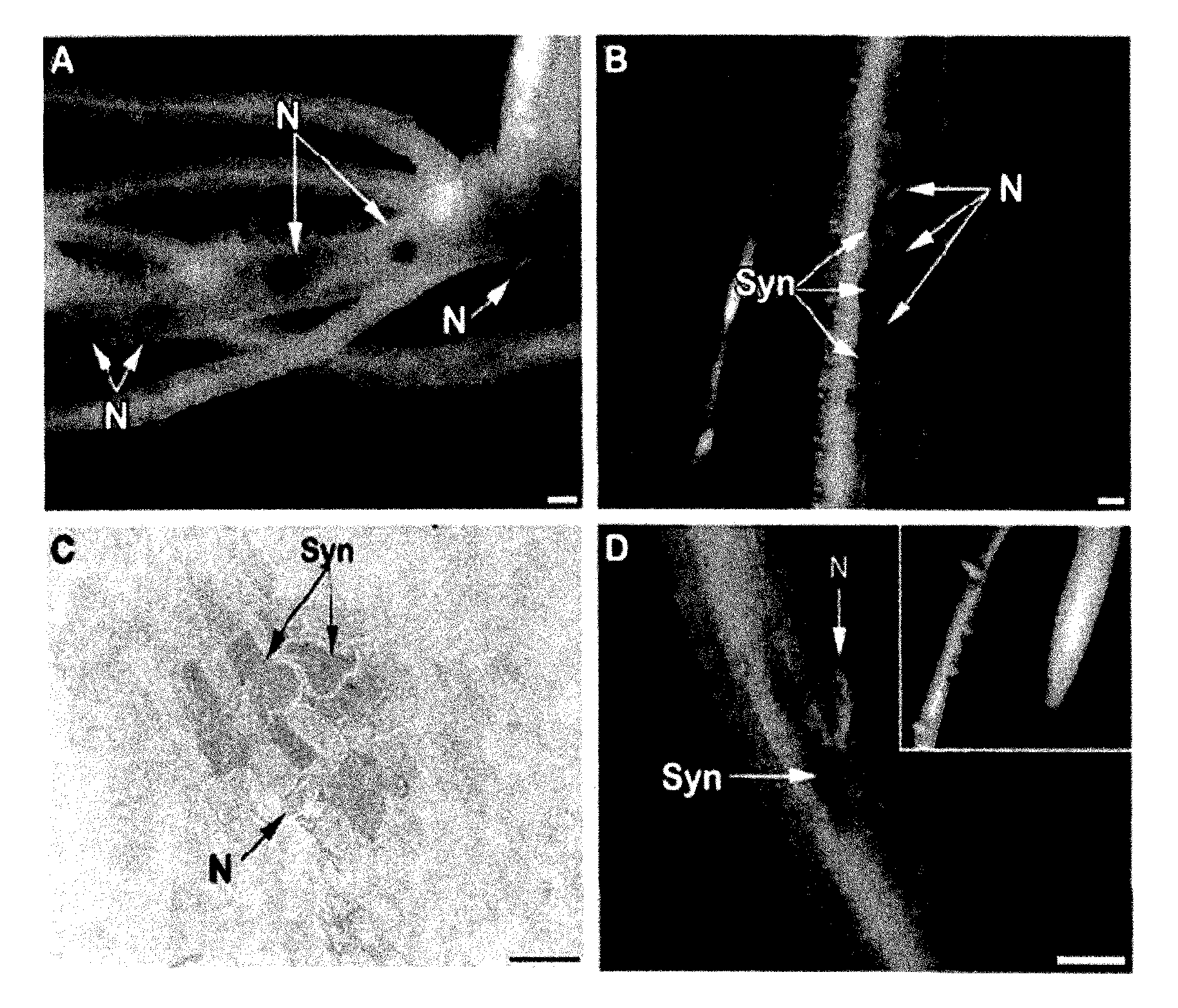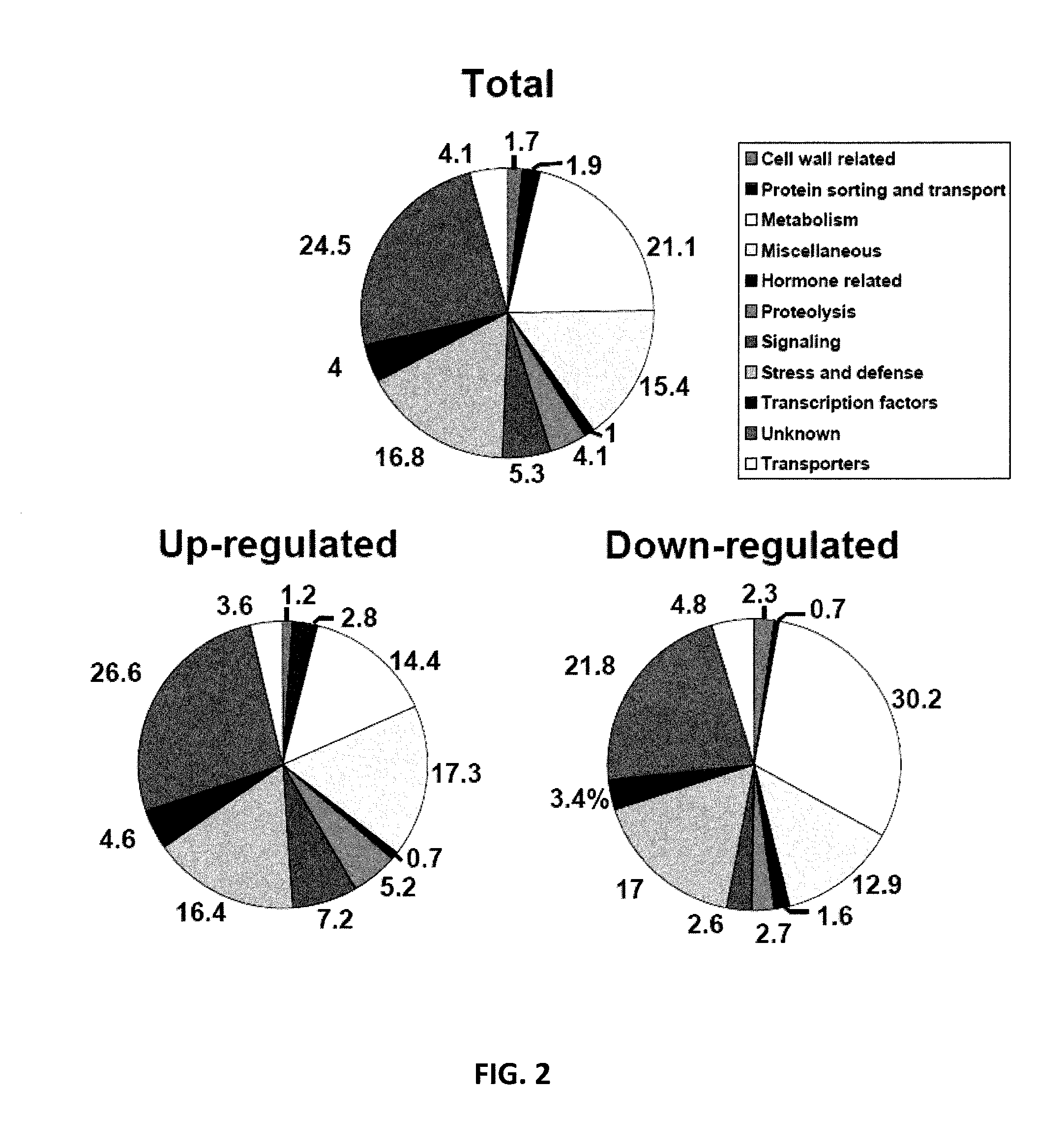Genes Implicated In Resistance To Soybean Cyst Nematode Infection And Methods Of Their Use
a soybean cyst nematode and gene technology, applied in the field of genes implicated in resistance to soybean cyst nematode infection, can solve the problems of difficult to draw meaningful conclusions using whole roots to understand this pathosystem, nematodes starve to death, and the mechanism of resistance on a molecular level has yet to be fully elucidated, so as to improve the resistance of crop plants
- Summary
- Abstract
- Description
- Claims
- Application Information
AI Technical Summary
Benefits of technology
Problems solved by technology
Method used
Image
Examples
example 1
Effects of Altered Expression of the GmBAG6 Gene or GmAP2 in Yeast and in Plants
[0126]To determine the function of the GmBAG6 and GmAP2 transcription factor identified from the studies described above, Virus Induced Gene Silencing (VIGS) was used to down-regulate the expression of these genes in plants, respectively. VIGS was performed according to Meenu Padmanabhan and Savithramma P. Dinesh-Kumar, “Virus-Induced Gene Silencing as a Tool for Delivery of dsRNA into Plants.” Cold Spring Harb. Protoc. (2009), with modifications.
[0127]Soybean and Arabidopsis BAG proteins and IQ-BAG domains were expressed in yeast W303-JA cells under control of galactose-inducible promoter. The transformed yeast cells were assessed for growth. All yeast cells were cultured in SD-Uracil glucose-based medium to an OD600 of about 0.17. Equal numbers of cells were spotted on minimal SD-Uracil medium plates in the presence of glucose (non-inducing) or galactose (inducing). Photographs were taken after culturi...
PUM
| Property | Measurement | Unit |
|---|---|---|
| Electrical resistance | aaaaa | aaaaa |
| Responsivity | aaaaa | aaaaa |
| Level | aaaaa | aaaaa |
Abstract
Description
Claims
Application Information
 Login to View More
Login to View More - R&D
- Intellectual Property
- Life Sciences
- Materials
- Tech Scout
- Unparalleled Data Quality
- Higher Quality Content
- 60% Fewer Hallucinations
Browse by: Latest US Patents, China's latest patents, Technical Efficacy Thesaurus, Application Domain, Technology Topic, Popular Technical Reports.
© 2025 PatSnap. All rights reserved.Legal|Privacy policy|Modern Slavery Act Transparency Statement|Sitemap|About US| Contact US: help@patsnap.com



